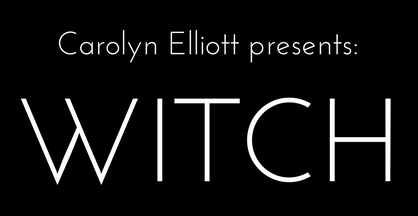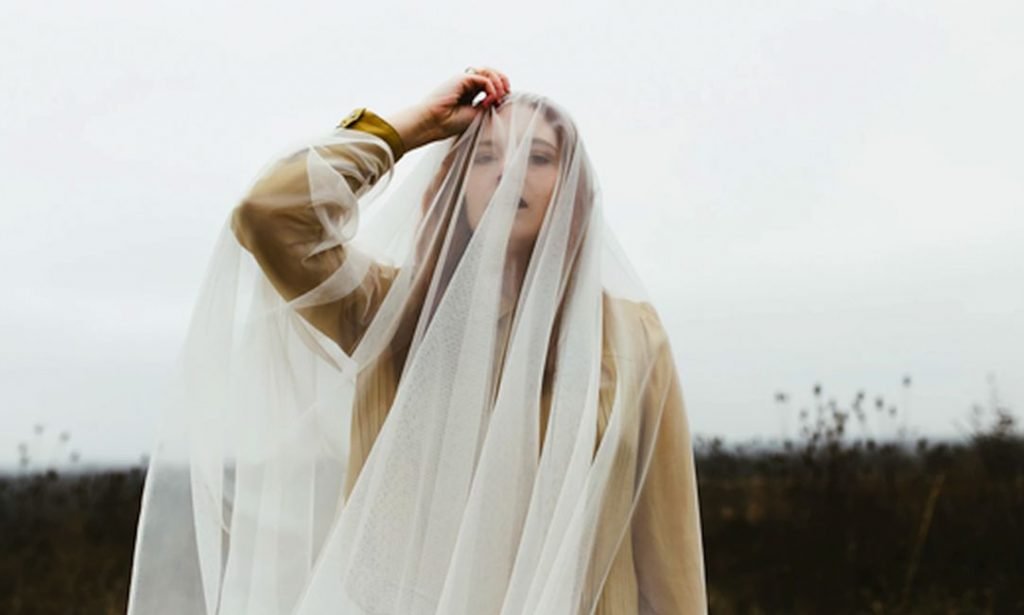by Karee Amiot
As an avid veiler, I’ve run into a lot of misconceptions about the practice. Here’s the top misunderstandings people (muggles and witches alike) have about veiling.
1. It’s oppressive
If you live in a country where veiling is forced, then yes, veiling would be oppressive. However, if you veil on your own terms, it can be hella empowering.
As a witch who hasn’t told many people about my practice, veiling is a great way for me to incorporate my practice into a daily routine without anyone knowing. Most people just think it’s a fashion statement.
If nobody knows why I veil, or that I’m even veiling, how can it be oppressive? Hint: it’s not.
2. It’s for modesty
As the least modest person I know, I can fully assure you that this is not true. I’ll wear a veil with a bikini. I’ll wear a veil with a crop top. Veils are not inherently tied to modesty.
People have a million reasons to veil. My veil is mainly used to contain my energy from my crown chakra. Without the veil, my energy tends to run haywire. I see this especially when I try to ground myself. For me, a veil is essential when connecting to Gaia.
Casting spells requires a lot of energy, right? So veiling is just another tool for me to improve my spellwork. It keeps me on focus. I can channel all of the energy I possess into one intention, instead of letting it fly all over the room.
Don’t get me wrong, there are plenty of people out there who do use veils for modesty. That’s totally okay! I’m simply stating that’s not the one and only reason people veil.
3. Only women can veil
Veiling is predominantly a woman’s practice, and this made me reluctant to start. I was born a female, but I identify as agender. Would I look like an imposter? Would it be rude? Would I look like I was making fun of other veilers?
When I mentioned these concerns to others who do veil, I was reassured. Anyone can veil for basically any reason.
In some West African tribes, men practice veiling when the women don’t. It’s a representation of manhood to them. For some Indian weddings, the man wears a veil of flowers covering the neck and face called a sehra. In short, veils are for anyone and everyone who feels a calling.
4. It’s cultural appropriation
This was another thought that made me reluctant. I thought I’d look like another white Coachella attendee stealing from other cultures for ~aesthetic~.
The thing is, veiling is prevalent in nearly every culture and religion. Even Pagans have been veiling since the beginning. Most witches I’ve heard of who veil work with the greek goddess, Hecate. They feel as if she called them towards the practice, so in a way it increases their connection to a deity.
But it’s pretty simple. If you’re not Islam, don’t wear a Hijab. If you’re not Hindu, don’t wear a Ghoonghat.
It did take me awhile to find a veiling style that I felt comfortable with. I was worried that a lot of styles might look like they were stolen from another culture, even if they weren’t an out right duplicate. It was worth the effort, and I’m happy with how it’s gone so far!
Just like everything else in witchcraft, it’s all about seeing what works for you. Buy a veil , try it on during different things. Tie it a different way the next day. Play with it. See if it fits. If not, throw it away and move on to your next thing.
IN CONCLUSION
If this essay resonates with you, please join our WITCH email list by using the forms on this website so we can stay in touch.
About the Author:
featured image source

